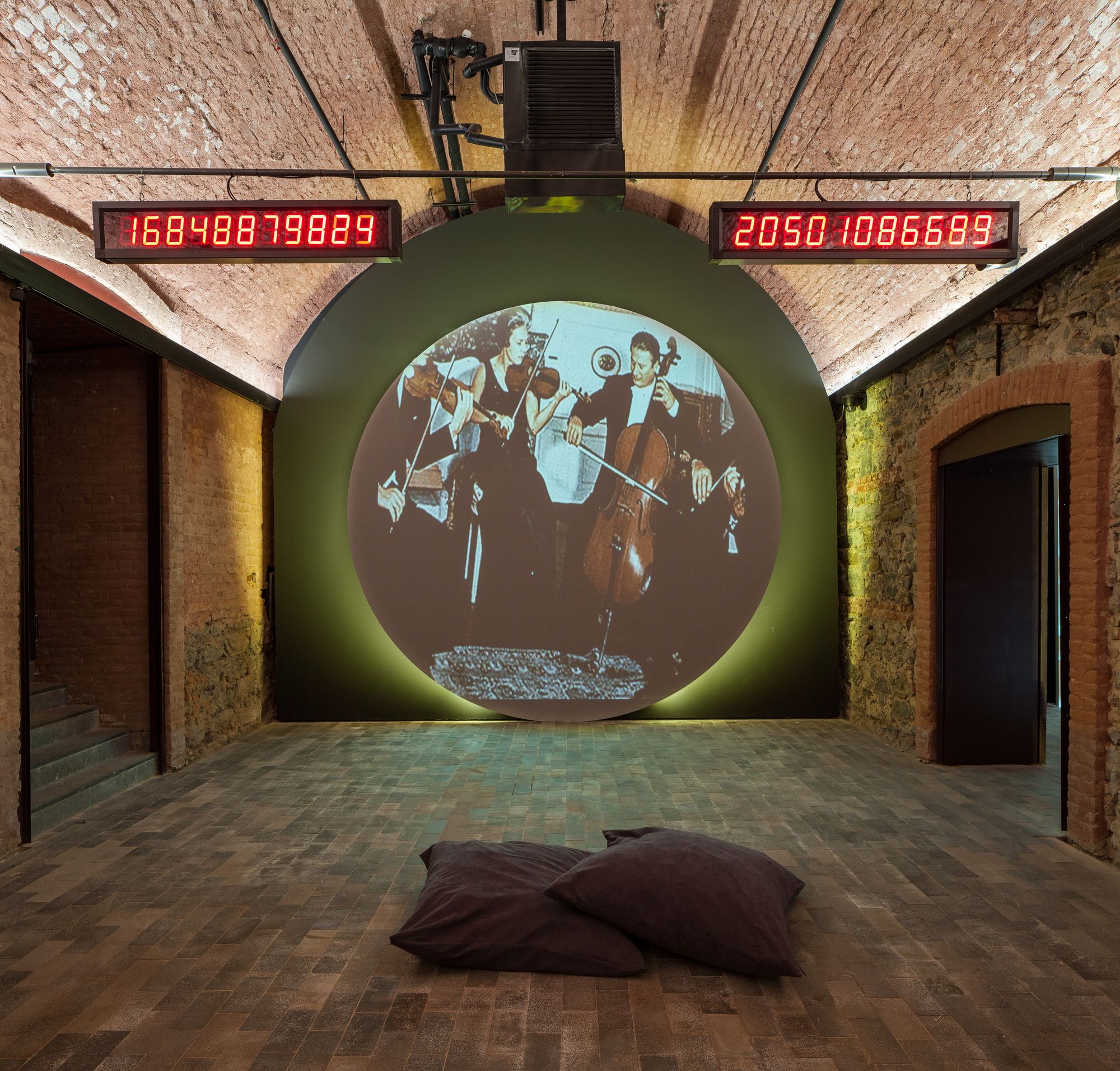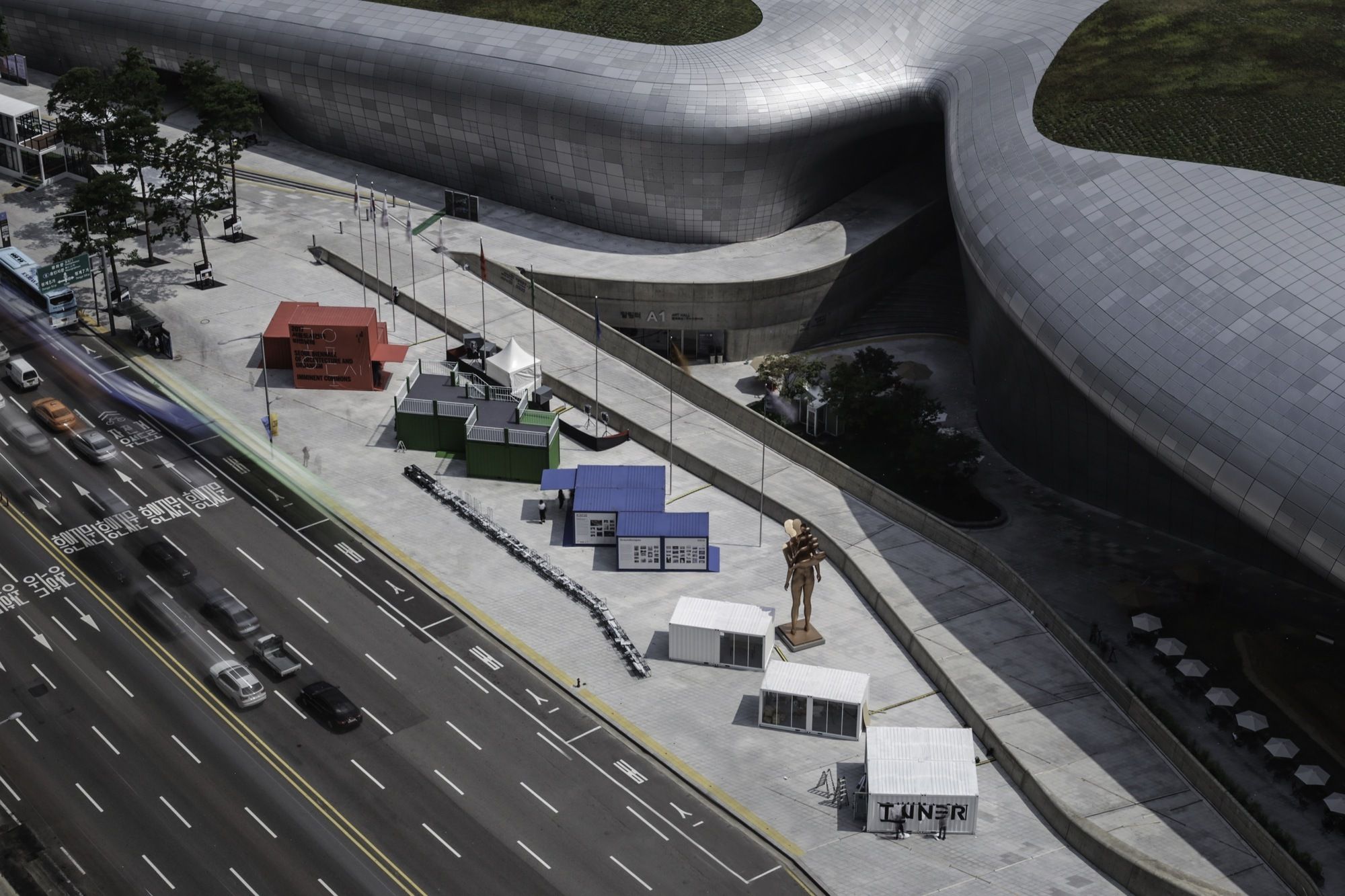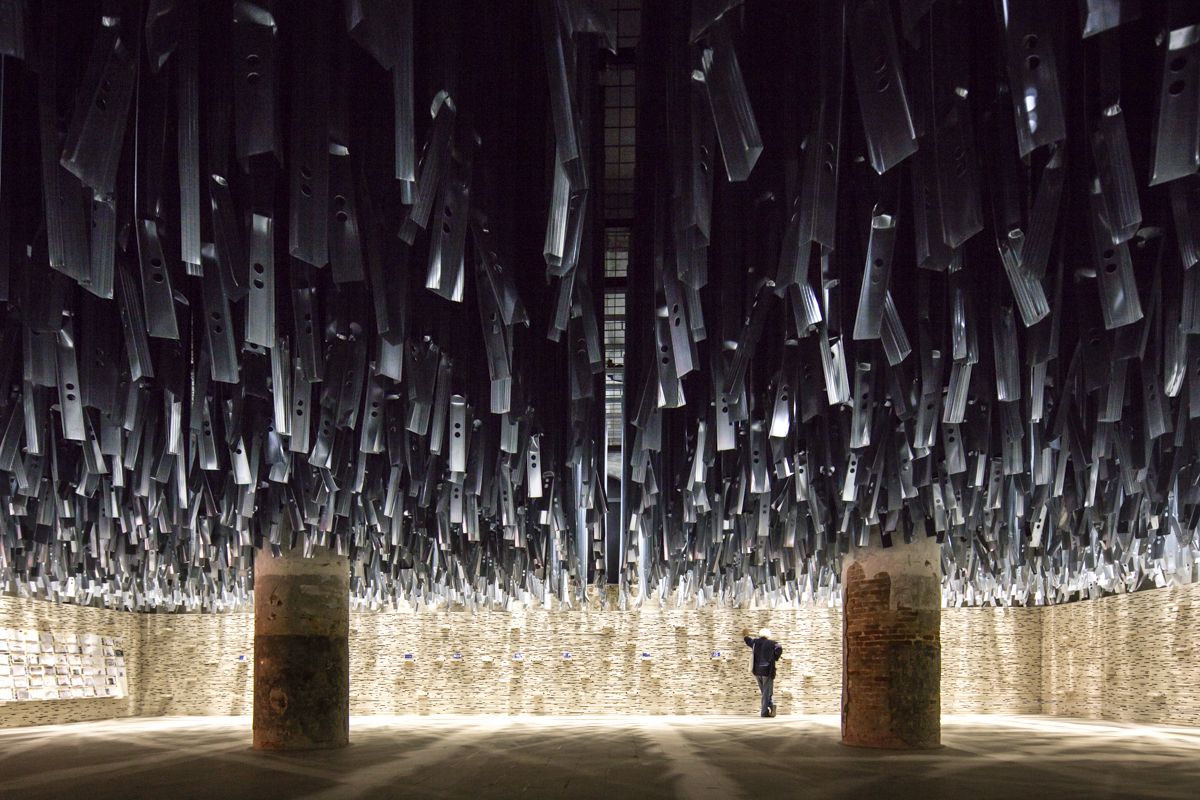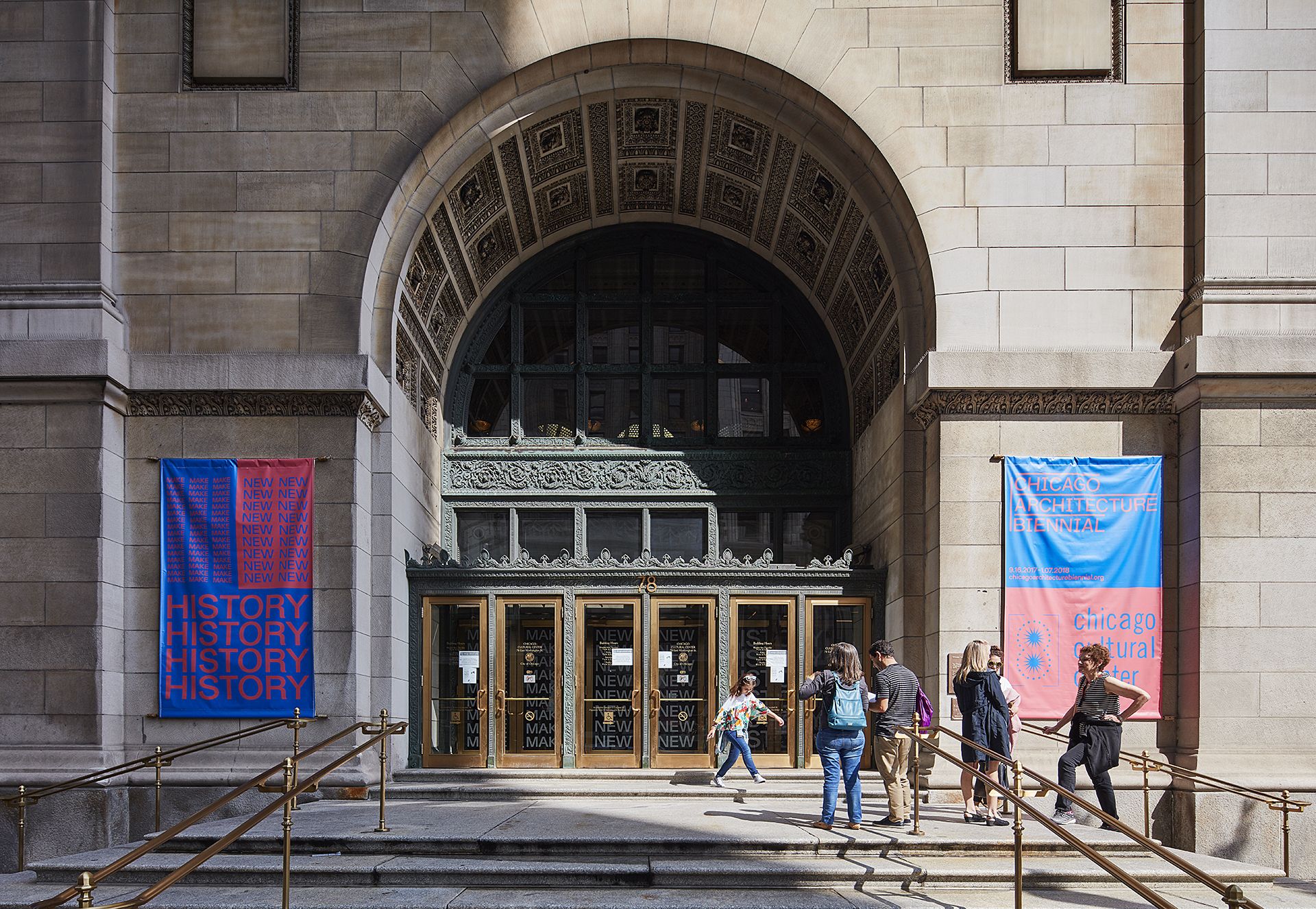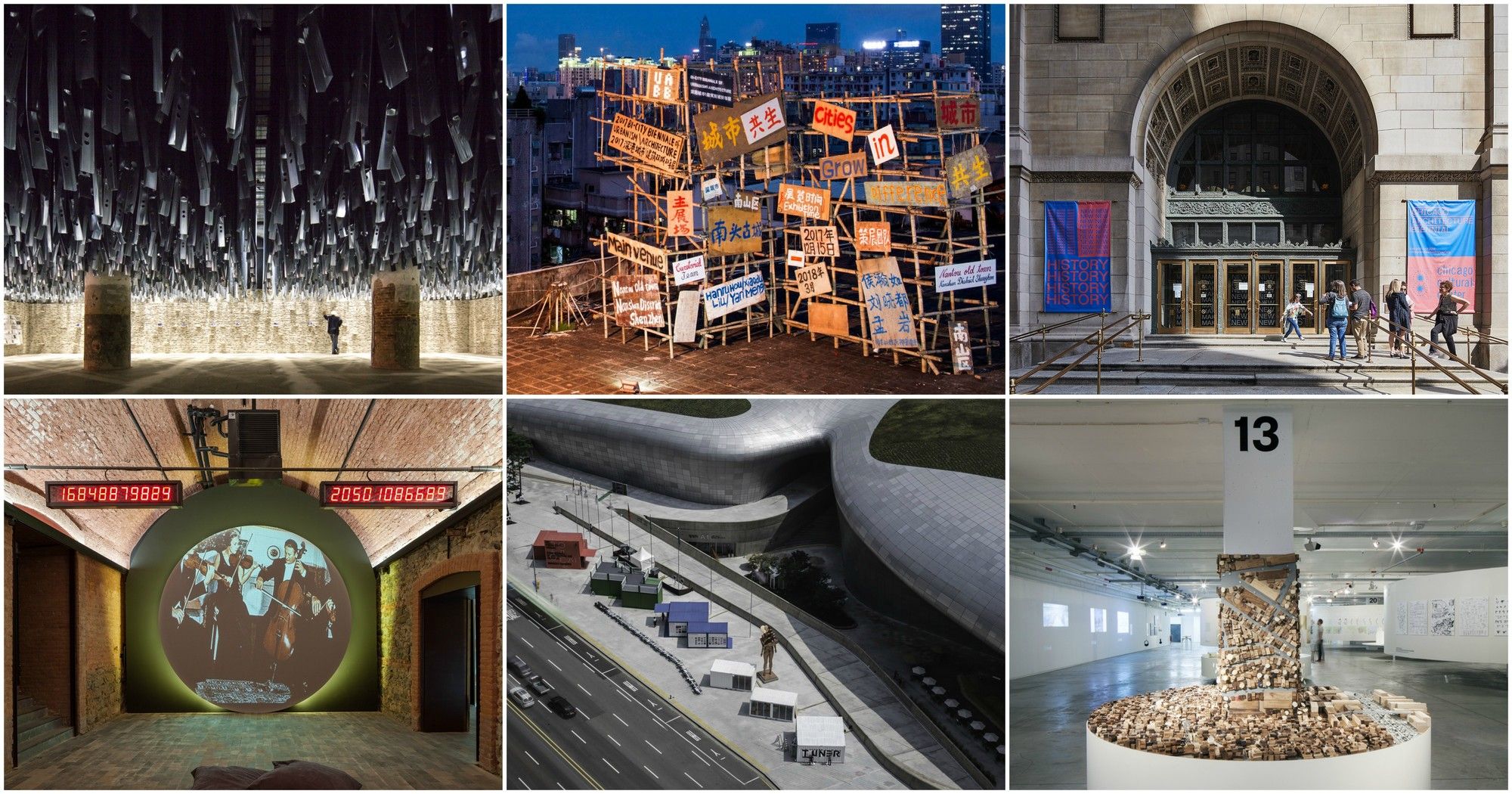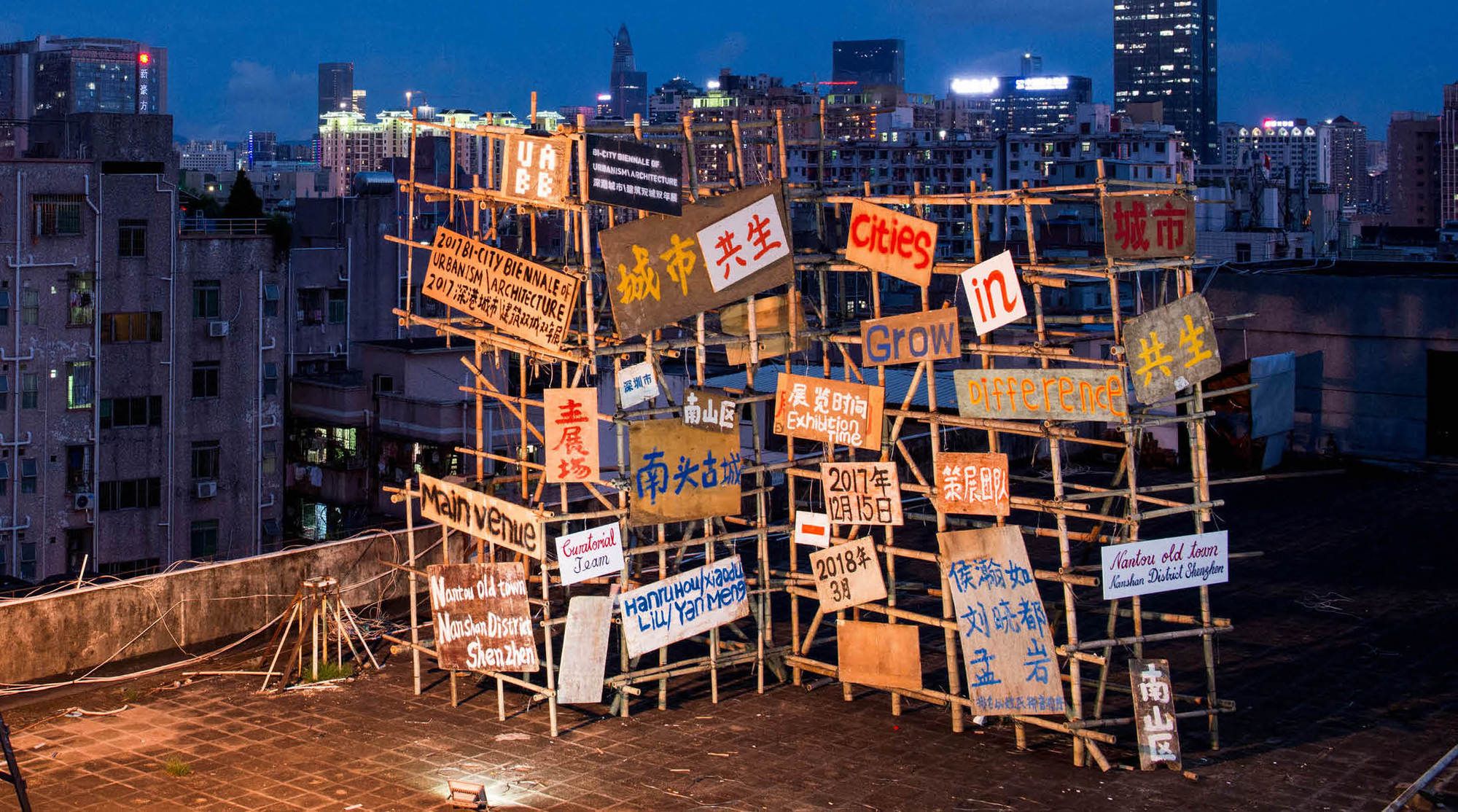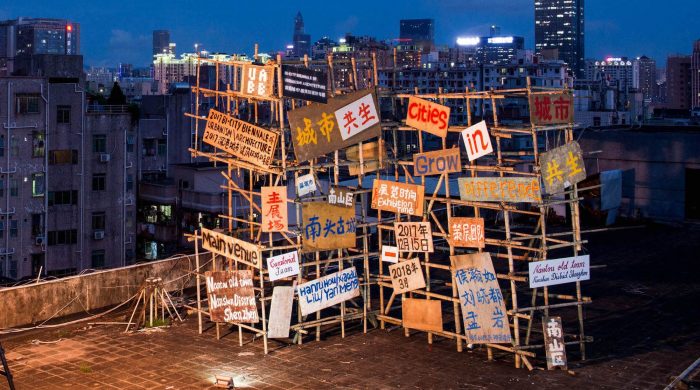VIENNA BIENNALE, the world’s first multidisciplinary biennale with contributions from the fields of art, design, and architecture, opened for the first time. With examples of creativity from a wide range of disciplines, the premiere of the biennale is dedicated to the theme of “IDEAS FOR CHANGE” and opens up new, interdisciplinary paths for positive change in our society. Against the background of Digital Modernity, the VIENNA BIENNALE 2015: IDEAS FOR CHANGE aims to inspire visitors to make the world a more livable and sustainable place with a series of exhibitions, performances, workshops, and lectures.
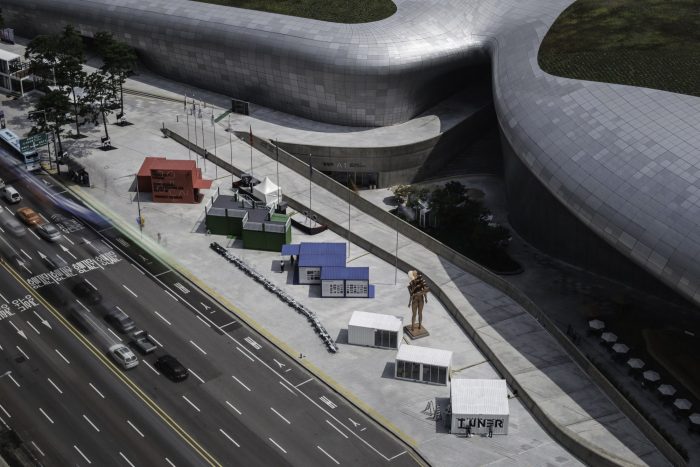
An installation by Dominique Perrault Architects at the 2017 Seoul Biennial. Image © Dominique Perrault SUBLABEPFL x EWHA
Digitalization, with its enormous consequences for our everyday life, our education system, and our work, and the overexploitation of our planet are points of departure for the search for a sustainable, livable future. This call for a turnaround demands a radical change in attitude from human beings. Mechanisms to promote this change can be found in Digital Modernity itself. The digital revolution must be “retooled” and increasingly placed at the service of a meaningful life and the careful use of our planet’s resources.
“Creativity must play a significant role in providing impetuses for positive change. The VIENNA BIENNALE is an attempt to bring the so-called ‘lower’ applied arts of design and architecture together with the ‘higher’ fine art and to demonstrate the creative energy that is unleashed by an equal and mutually inspiring interaction between the creative disciplines,” says Christoph Thun-Hohenstein, director of the MAK as well as initiator and head of the VIENNA BIENNALE.
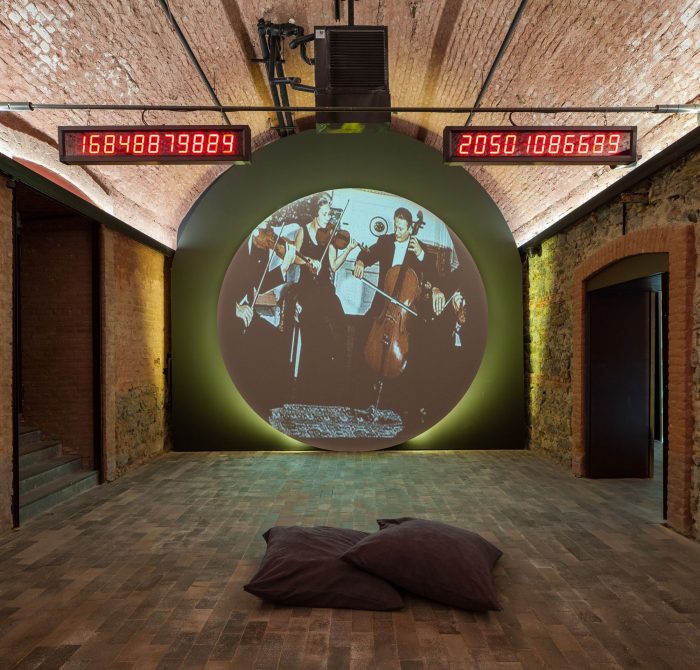
Universal Space Program, Voyager — Humanity in Interstellar Space; an installation at the 2016 Istanbul Design Biennial. Image © Sahir Ugur Eren
The VIENNA BIENNALE is also exploring new conceptual avenues through the cooperation of several cultural institutions: initiated by the MAK, the VIENNA BIENNALE is organized in partnership with the University of Applied Arts Vienna, Kunsthalle Wien, the Architekturzentrum Wien, and the Vienna Business Agency with its creative unit departure, with support from Press the AIT Austrian Institute of Technology as a non-university research partner. With several exhibition venues and projects in public spaces, it breaks down boundaries between genres and will maintain a strong presence in the city.
The external curators of the VIENNA BIENNALE include Pedro Gadanho (curator of contemporary architecture, Museum of Modern Art, New York), Harald Gruendl (co-partner, EOOS; and director, IDRV – Institute of Design Research Vienna), Maria Lind (director, Tensta Konsthall, Stockholm), and Peter Weibel (director, ZKM | Center for Art and Media, Karlsruhe, and professor emer., University of Applied Arts Vienna). The curators from the biennale partner institutions are Gerald Bast (president, University of Applied Arts Vienna), Dietmar Steiner (director, Architekturzentrum Wien), Thomas Geisler (curator, MAK Design Collection), Bärbel Vischer (curator, MAK Contemporary Art Collection), and Marlies Wirth (curator, MAK).
The starting point and connecting theme of the projects of the VIENNA BIENNALE are the potentials and problems of cities, which are examined from various perspectives.
The disciplines of architecture and design deal with six megacities on five continents—Hong Kong, Istanbul, Lagos, Mumbai, New York, and Rio de Janeiro; art focuses on Bucharest as a fascinating example of a city behind the former Iron Curtain; design and architecture address the Austrian capital of Vienna, which has repeatedly been chosen as the world’s most livable city; and art examines the possibilities of a new Enlightenment emerging above all in the urban context as well as the importance of urban public space. The VIENNA BIENNALE challenges these disciplines to continue to develop by making possible a direct encounter between art, design, and architecture projects related to cities and the urban future.
An interdisciplinary exhibition manifesto on the future of human work developed by the Vienna Biennale Circle core team and an art exhibition on this topic round out the biennale. The Vienna Biennale Circle (VBC), a flexible platform of prominent individuals from a variety of disciplines who live in Vienna, chaired by Christoph Thun-Hohenstein, accompanied the entire genesis of the biennale and reinforced its interdisciplinary character. In addition to the leaders of the cultural institutions organizing the biennale, the core team members are Erwin K. Bauer (managing director, buero bauer), Angelika Fitz (curator and cultural theorist), Gabriela Gantenbein (curator and cultural manager), Elke Krasny (curator, professor for art and education, Academy of Fine Arts Vienna), Margit Noll (AIT Austrian Institute of Technology), Doris Rothauer (managing director, Büro für Transfer), and Inge Scholz-Strasser (author).
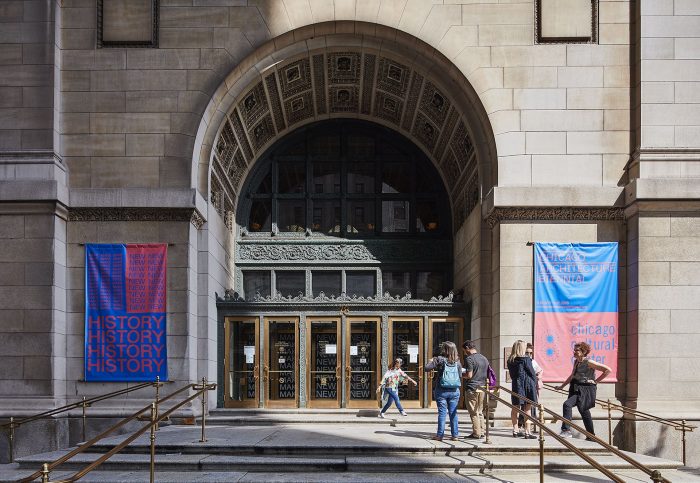
The outside of the Chicago Cultural Center at the 2017 Chicago Architecture Biennial. Image © Tom Harris
